Home>Furniture & Design>Outdoor Furniture>How To Clean Outdoor Plants Before Bringing Indoors
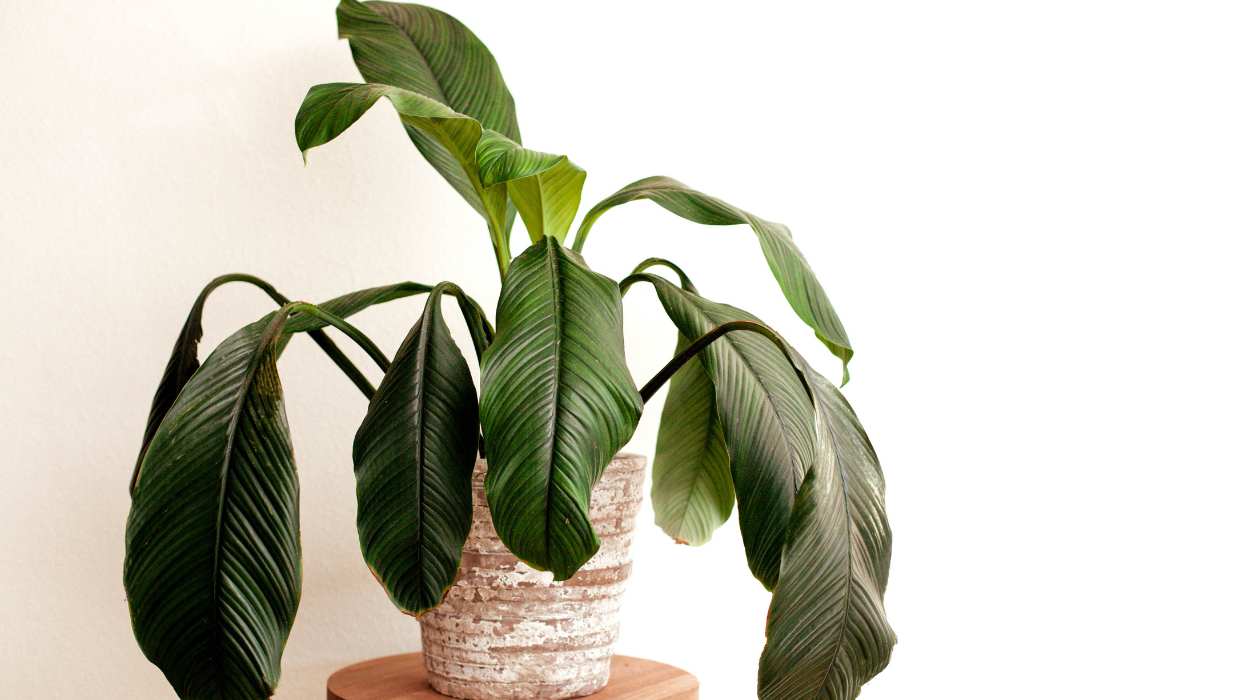

Outdoor Furniture
How To Clean Outdoor Plants Before Bringing Indoors
Modified: March 5, 2024
Learn how to properly clean outdoor plants to prevent pests and diseases before bringing them indoors. Follow our expert tips for maintaining your outdoor furniture and design.
(Many of the links in this article redirect to a specific reviewed product. Your purchase of these products through affiliate links helps to generate commission for Storables.com, at no extra cost. Learn more)
Introduction
As the warm days of summer transition into the briskness of fall, it’s time to prepare your outdoor plants for the move indoors. While this seasonal shift brings a refreshing change, it also presents the perfect opportunity to give your plants a little extra care. Cleaning your outdoor plants before bringing them indoors not only helps maintain their health and vitality but also prevents the introduction of pests and diseases into your home environment. In this comprehensive guide, we will walk you through the essential steps to ensure a smooth and successful transition for your beloved outdoor plants.
Key Takeaways:
- Keep your indoor plants healthy by cleaning outdoor plants before bringing them inside. It prevents pests, diseases, and enhances their appearance, ensuring a smooth transition.
- Gather supplies like gloves, pruning shears, and mild soap to effectively clean outdoor plants. Inspect, remove debris, wash, dry, and monitor them indoors for a successful transition.
Why Clean Outdoor Plants Before Bringing Indoors
Transitioning outdoor plants to an indoor environment can be a delicate process, and ensuring they are clean and free from pests and debris is crucial for their well-being. There are several compelling reasons why cleaning your outdoor plants before bringing them indoors is essential:
- Pest Prevention: Outdoor plants are often susceptible to various pests, such as aphids, spider mites, and whiteflies. By thoroughly cleaning the plants before bringing them indoors, you can significantly reduce the risk of introducing these pests into your home, where they could potentially infest other houseplants.
- Disease Control: Outdoor plants may carry fungal spores or other pathogens that can thrive in the warm, controlled environment of your home. Cleaning the plants helps remove any potential sources of disease, minimizing the risk of spreading infections to other plants in your indoor garden.
- Aesthetic Appeal: Dust, pollen, and other outdoor debris can accumulate on the leaves and stems of plants. Cleaning them not only enhances their appearance but also allows them to better absorb light and nutrients, promoting healthier growth.
- Environmental Adaptation: Outdoor plants undergo significant environmental changes when moved indoors, including differences in light, temperature, and humidity. Cleaning them provides an opportunity to inspect their overall condition and make adjustments to ensure a smoother transition to their new indoor environment.
By taking the time to clean your outdoor plants before bringing them indoors, you can proactively address these potential challenges and set the stage for a thriving indoor garden. With the right approach and the necessary supplies, you can ensure that your plants make a seamless transition and continue to bring joy and beauty to your indoor space.
Supplies Needed
Before you begin the process of cleaning your outdoor plants for their transition indoors, it’s essential to gather the necessary supplies. Having the right tools and materials on hand will streamline the cleaning process and ensure that you can effectively address any debris, pests, or other issues that may be present. Here are the key supplies you will need:
- Gloves: Protect your hands from potential irritants and ensure a hygienic cleaning process by wearing gardening gloves.
- Pruning Shears: Use sharp, clean pruning shears to trim away any damaged or diseased foliage from the plants.
- Bucket or Basin: Fill a bucket or basin with lukewarm water to use for washing the plants and removing debris.
- Mild Soap or Insecticidal Soap: Prepare a gentle cleaning solution using mild soap or insecticidal soap to remove dust, dirt, and pests from the plant surfaces.
- Soft Cloth or Sponge: Use a soft cloth or sponge to gently wipe the leaves and stems of the plants, ensuring thorough cleaning without causing damage.
- Watering Can or Spray Bottle: A watering can or spray bottle filled with clean water will be useful for rinsing the plants after cleaning and ensuring they are adequately hydrated.
- Pruning Spray (Optional): Consider having a pruning spray on hand to treat any minor cuts or wounds on the plants after pruning.
- Plant Saucers or Trays: Prepare clean plant saucers or trays to place under the pots of the cleaned plants once they are indoors, minimizing water spills and maintaining a tidy indoor environment.
By having these supplies ready, you can approach the cleaning process with confidence, knowing that you have everything you need to care for your outdoor plants and prepare them for their new indoor setting. With a thoughtful and systematic approach, you can ensure that your plants receive the attention they need to thrive in their indoor home.
Step 1: Inspect the Plants
Before diving into the cleaning process, it’s crucial to thoroughly inspect your outdoor plants to assess their overall condition and identify any potential issues that need to be addressed. This careful examination sets the stage for a targeted and effective cleaning approach, ensuring that you can address specific concerns and promote the plants’ well-being as they transition indoors. Here’s how to approach the inspection process:
Begin by visually examining the plants, paying close attention to the following aspects:
- Foliage: Inspect the leaves for signs of damage, discoloration, or pest infestations. Look for any yellowing, browning, or curling of the leaves, as well as the presence of webs, spots, or holes, which may indicate the presence of pests.
- Stems and Branches: Check the stems and branches for any signs of damage, such as breakage, cuts, or lesions. Look for sap oozing from wounds, as this may indicate recent damage or pest activity.
- Soil and Pot: Examine the soil surface for any signs of pests, such as crawling insects or their eggs. Check the drainage holes of the pots for potential pests or debris that may need to be addressed.
As you conduct the inspection, take note of any specific areas of concern or issues that require attention. This information will guide your cleaning and maintenance efforts, allowing you to prioritize tasks and address the plants’ needs effectively.
Additionally, consider the environmental factors that may impact the plants’ transition indoors, such as changes in light, temperature, and humidity. By understanding the specific conditions your plants will encounter indoors, you can tailor your cleaning and care strategies to support their successful adaptation.
By carefully inspecting your outdoor plants before cleaning them, you can gain valuable insights into their current state and lay the groundwork for a targeted and thorough cleaning process. This proactive approach sets the stage for a successful transition, ensuring that your plants receive the care and attention they need to thrive in their new indoor environment.
Before bringing outdoor plants indoors, gently wipe the leaves with a damp cloth to remove dust and pests. This will help keep your indoor space clean and your plants healthy.
Step 2: Remove Debris and Pests
After inspecting your outdoor plants and identifying any debris or pests, it’s time to take proactive steps to remove these potential threats before bringing the plants indoors. By addressing debris and pests at this stage, you can prevent the introduction of unwanted hitchhikers into your home environment and create a clean and healthy space for your plants to thrive. Here’s how to effectively remove debris and pests from your outdoor plants:
1. Prune and Trim: Use clean pruning shears to carefully trim away any damaged, diseased, or infested foliage from the plants. This includes removing yellowed, shriveled, or pest-ridden leaves, as well as any dead or decaying plant matter. By pruning the plants, you not only enhance their appearance but also eliminate potential hiding places for pests and reduce the risk of disease spread.
2. Shake and Brush: Gently shake the plants to dislodge loose debris, such as fallen leaves, twigs, or spider webs. Use a soft brush or cloth to gently remove any remaining debris from the leaves, stems, and pot surfaces. Pay particular attention to the undersides of leaves and the junctions where the stems meet the main branches, as these areas can harbor pests and debris.
3. Inspect for Pests: Carefully inspect the plants for any signs of pests, including aphids, spider mites, scale insects, or mealybugs. Look for the presence of small, crawling insects, webbing, or sticky residues on the foliage, which may indicate pest activity. If you identify pests, consider using a gentle spray of water to dislodge them from the plants.
4. Soil Surface and Pot Inspection: Examine the soil surface and the exterior of the pots for any signs of pests, such as ants, centipedes, or snails. Remove any visible pests and debris from the soil surface and the drainage holes of the pots, ensuring a clean and pest-free environment for the plants.
By diligently removing debris and pests from your outdoor plants, you can significantly reduce the risk of introducing unwanted organisms into your home. This proactive approach not only safeguards the health of your indoor plants but also contributes to a clean and inviting indoor environment. With debris and pests effectively addressed, your plants will be well-prepared for their transition to the indoor setting.
Read more: How To Bring Outdoor Plants Inside
Step 3: Wash the Plants
Once you have addressed debris and pests, the next crucial step in preparing your outdoor plants for their indoor transition is to wash them thoroughly. Washing the plants serves multiple purposes, including removing dust and dirt, eliminating residual pests, and promoting overall plant health. By following a systematic approach, you can ensure that your plants receive a gentle yet effective cleaning treatment. Here’s how to wash your outdoor plants before bringing them indoors:
1. Prepare the Cleaning Solution: Fill a bucket or basin with lukewarm water and add a small amount of mild liquid soap or insecticidal soap. The soap will help break down and remove dust, dirt, and any remaining pests from the plant surfaces without causing harm to the plants.
2. Dip and Gently Wipe: Dip a soft cloth or sponge into the cleaning solution, then gently wipe the leaves and stems of the plants. Pay attention to both the upper and lower surfaces of the leaves, ensuring thorough coverage. Take care to support the leaves from underneath as you clean them to prevent damage or tearing.
3. Rinse with Clean Water: After cleaning each plant, use a watering can or spray bottle filled with clean water to rinse off the soap residue and any loosened debris. Ensure that the plants are thoroughly rinsed, and there is no soapy residue remaining on the foliage or in the soil.
4. Address Stubborn Pests: For plants that had visible pest infestations, consider using a gentle spray of water to dislodge any remaining pests after the initial washing. Pay particular attention to areas where pests tend to hide, such as leaf axils and the undersides of leaves.
By washing your outdoor plants with care and attention to detail, you not only cleanse them of external contaminants but also create a healthier environment for them to thrive indoors. This cleaning process sets the stage for a successful transition, ensuring that your plants are free from debris, pests, and other potential sources of stress as they adapt to their new indoor home.
Step 4: Dry the Plants
After thoroughly washing your outdoor plants, it’s essential to allow them to dry properly before bringing them indoors. Proper drying not only ensures that excess moisture is removed but also minimizes the risk of fungal or bacterial growth on the plant surfaces. By following a systematic approach to drying, you can help your plants transition smoothly and maintain their health as they move to their indoor environment. Here’s how to effectively dry your outdoor plants:
1. Air Drying: Place the cleaned plants in a well-ventilated area with gentle air circulation, such as a shaded outdoor spot or a covered patio. Avoid placing the plants in direct sunlight, as this can cause the water droplets on the leaves to act as magnifying glasses, potentially leading to leaf damage.
2. Pat Dry with a Soft Cloth: If necessary, gently pat the leaves and stems of the plants with a soft, absorbent cloth to remove excess water. Take care to avoid rubbing the leaves, as this can cause damage or bruising. The goal is to remove surface moisture while allowing the plants to air dry naturally.
3. Monitor Drying Time: Depending on the ambient humidity and airflow, the drying time for the plants may vary. Monitor the plants closely and ensure that they are completely dry to the touch before bringing them indoors. This may take a few hours to a full day, depending on the size and type of the plants.
4. Inspect for Residual Moisture: Before moving the plants indoors, inspect the foliage and stems for any signs of residual moisture. Pay attention to areas where water droplets may accumulate, such as leaf axils and the junctions between stems and branches. Ensuring that the plants are thoroughly dry minimizes the risk of fungal or bacterial issues once they are indoors.
By allowing your outdoor plants to dry properly, you set the stage for a successful transition to their indoor environment. This careful drying process ensures that your plants are free from excess moisture and well-prepared to adapt to the controlled conditions of your home. With proper drying, your plants will be poised to thrive and continue bringing beauty and vitality to your indoor space.
Step 5: Monitor the Plants Indoors
Once your outdoor plants have been cleaned, dried, and brought indoors, it’s essential to monitor them closely to ensure a smooth transition and continued well-being in their new environment. The adjustment from outdoor conditions to the controlled indoor setting can impact the plants, and proactive monitoring allows you to address any emerging issues promptly. Here’s how to effectively monitor your plants as they settle into their indoor home:
1. Placement and Light: Position the plants in areas that provide suitable light conditions based on their specific requirements. Monitor their response to the indoor light levels, adjusting their placement as needed to ensure they receive adequate sunlight or artificial lighting for healthy growth.
2. Watering and Humidity: Observe the plants’ moisture needs and adjust your watering schedule based on the indoor environment. Take into account factors such as humidity levels, air circulation, and the plants’ individual water requirements. Avoid overwatering or allowing the soil to become excessively dry, and consider using a humidity tray or misting to maintain suitable moisture levels.
3. Pest and Disease Vigilance: Regularly inspect the plants for any signs of pests, such as aphids, spider mites, or scale insects, as well as symptoms of diseases, including leaf spots, wilting, or unusual discoloration. Address any issues promptly to prevent the spread of pests or diseases to other indoor plants.
4. Growth and Adaptation: Monitor the plants’ growth and overall adaptation to the indoor environment. Look for new growth, healthy foliage, and signs of acclimation, such as stable leaf color and turgid stems. Note any changes in the plants’ behavior and address any concerns related to their adjustment to the indoor conditions.
5. Maintenance and Care: Continue to provide regular care and maintenance for the plants, including pruning, fertilizing, and repotting as needed. Stay attuned to the plants’ needs and make adjustments to their care regimen based on their response to the indoor environment.
By actively monitoring your outdoor plants as they transition indoors, you can provide the support and attention they need to thrive in their new setting. This ongoing vigilance allows you to address any challenges or issues promptly, ensuring that your plants continue to flourish and contribute to the beauty and vitality of your indoor space.
Frequently Asked Questions about How To Clean Outdoor Plants Before Bringing Indoors
Was this page helpful?
At Storables.com, we guarantee accurate and reliable information. Our content, validated by Expert Board Contributors, is crafted following stringent Editorial Policies. We're committed to providing you with well-researched, expert-backed insights for all your informational needs.

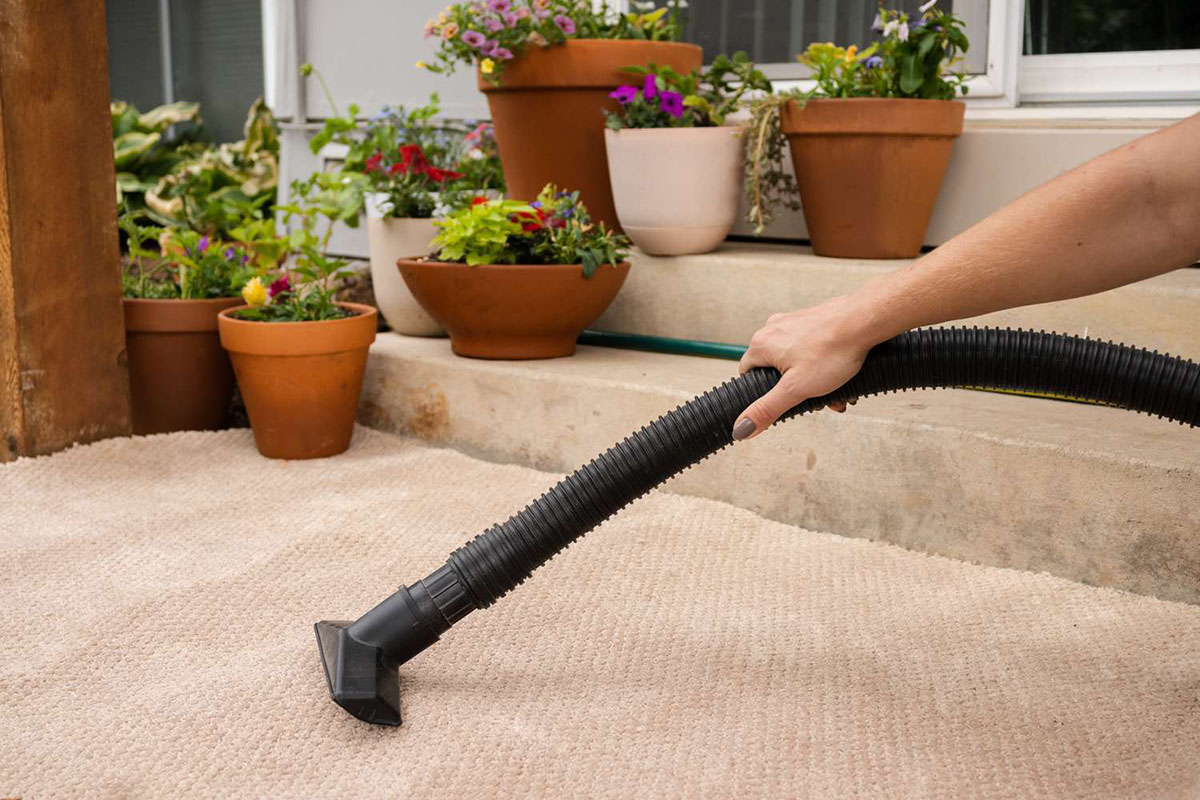
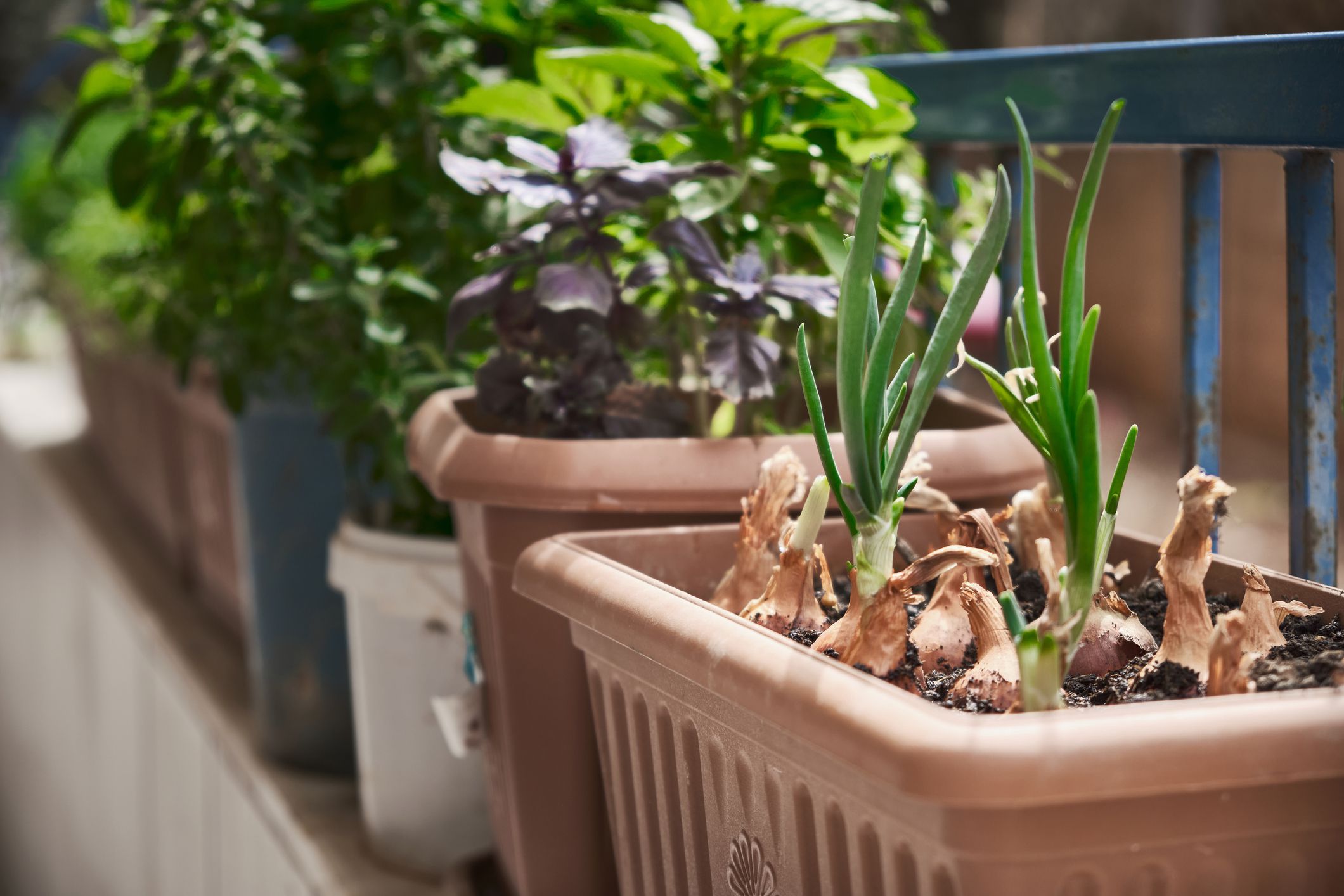

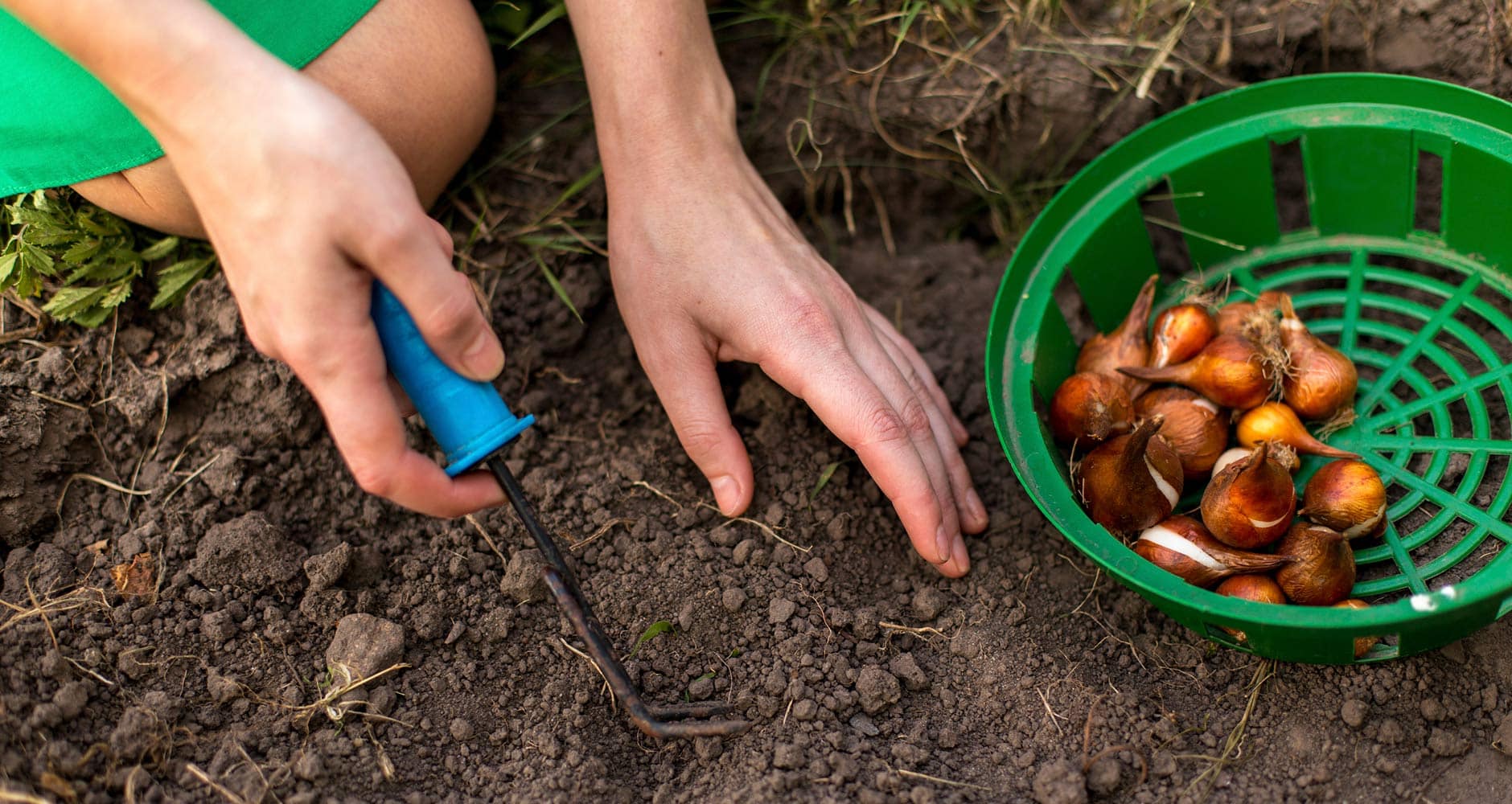
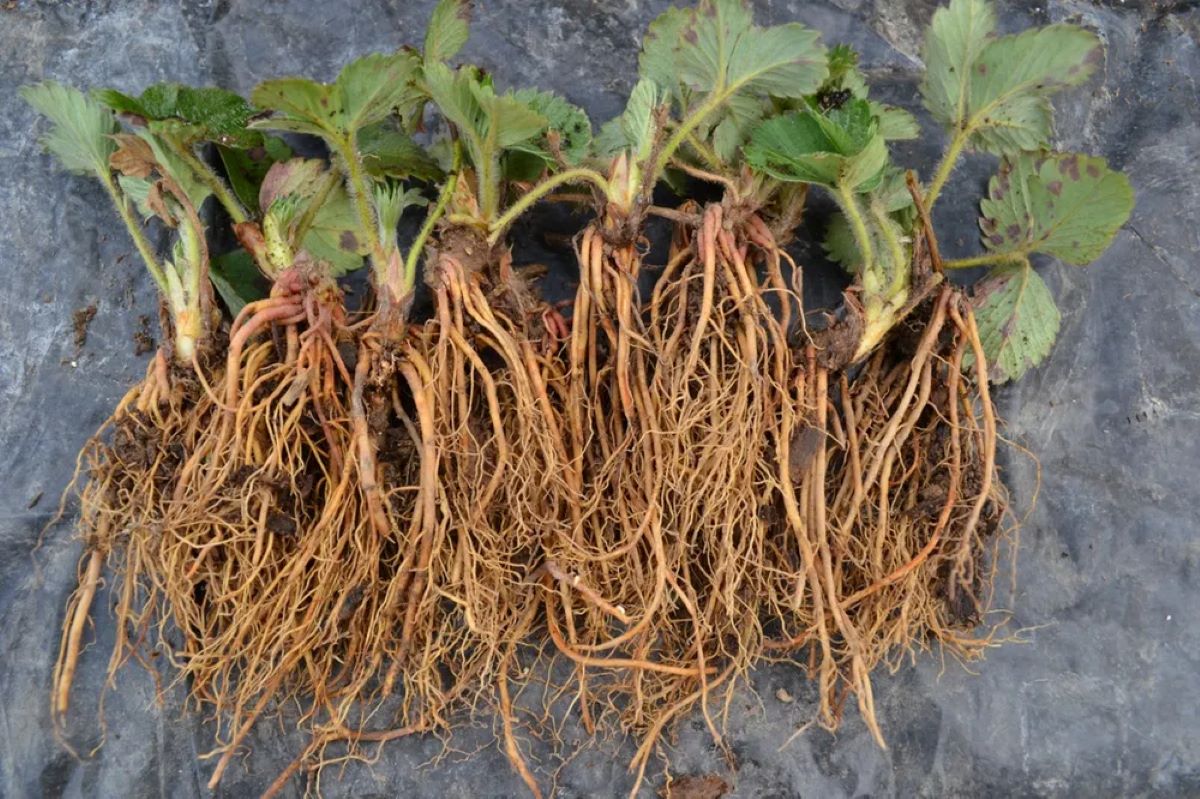
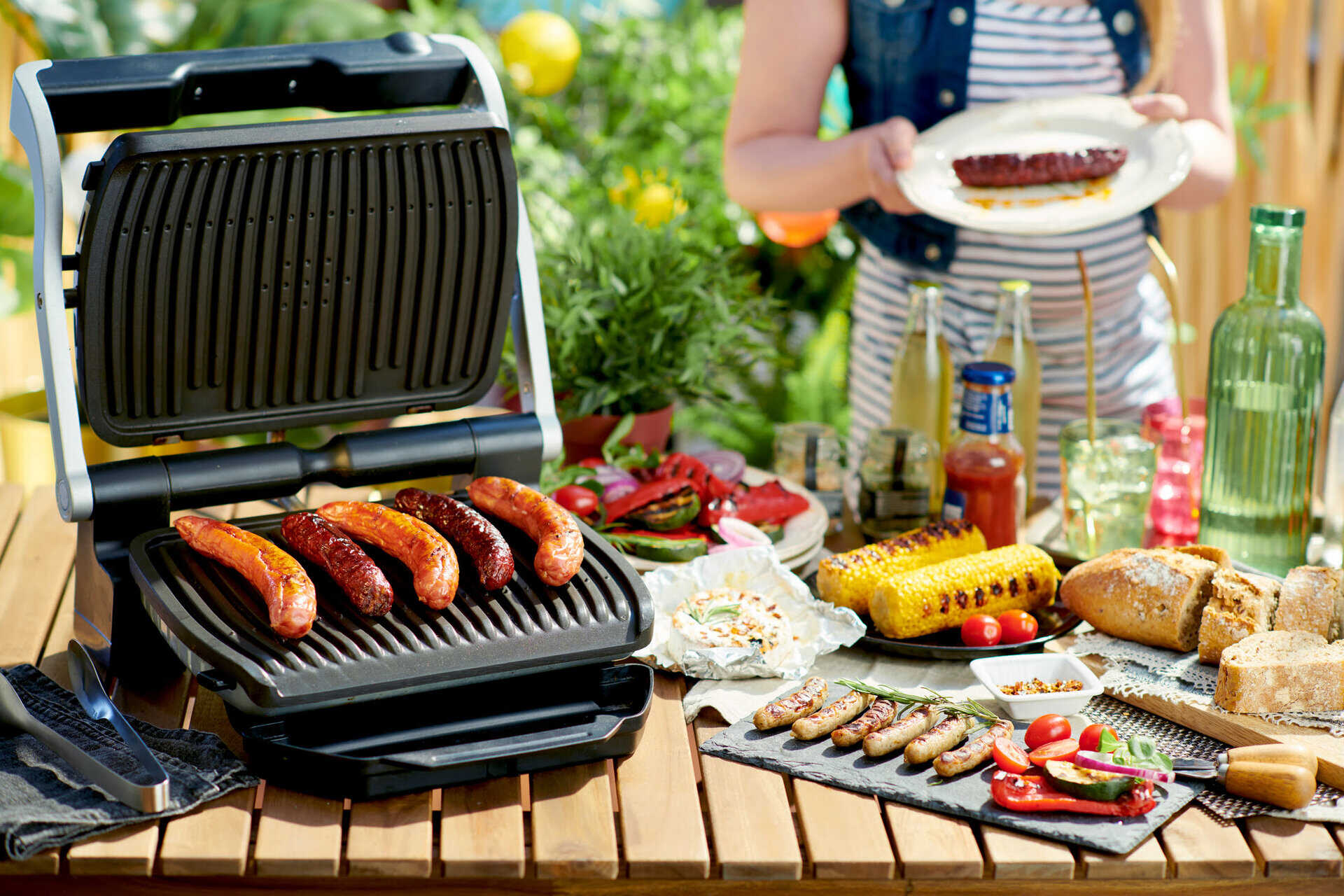

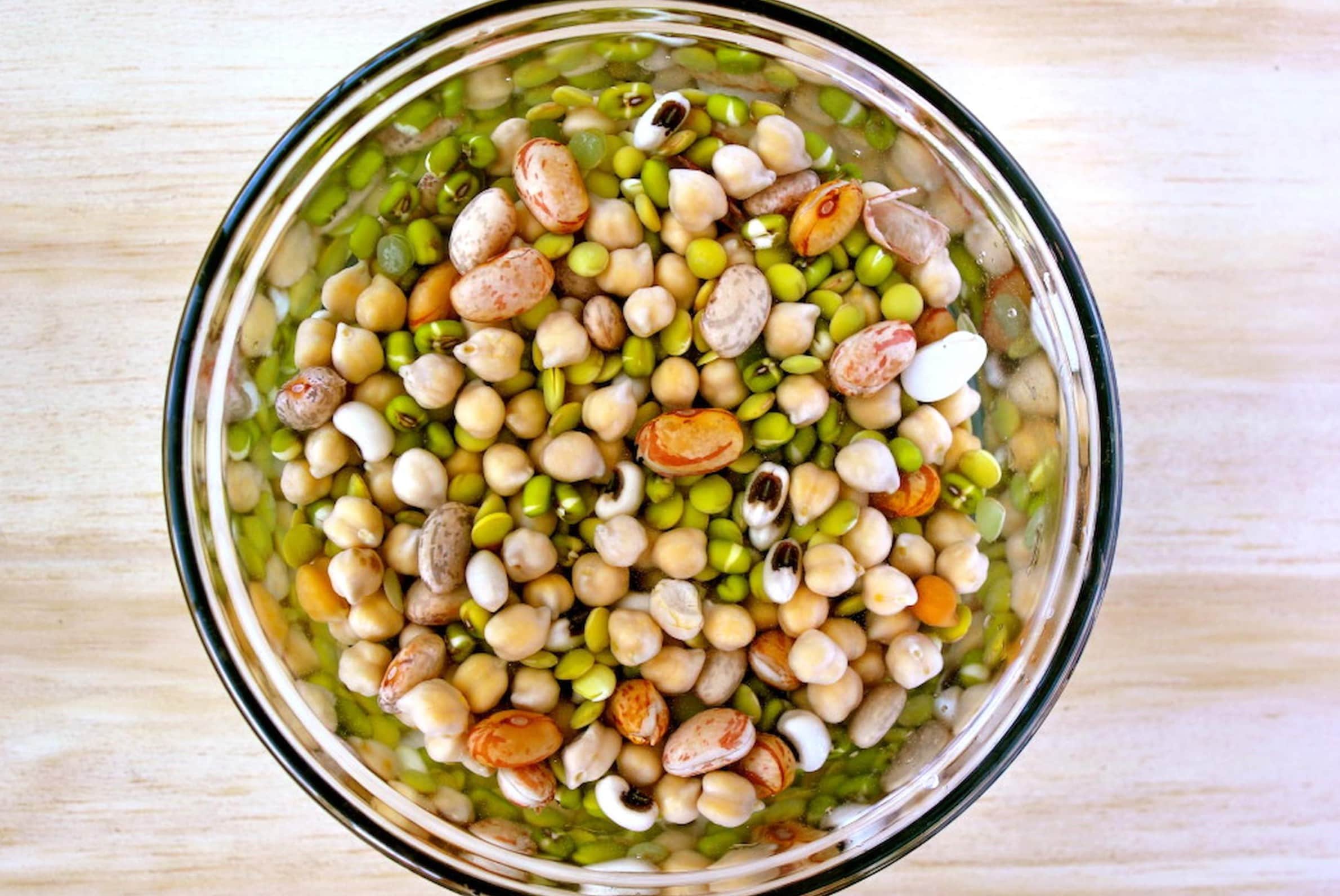
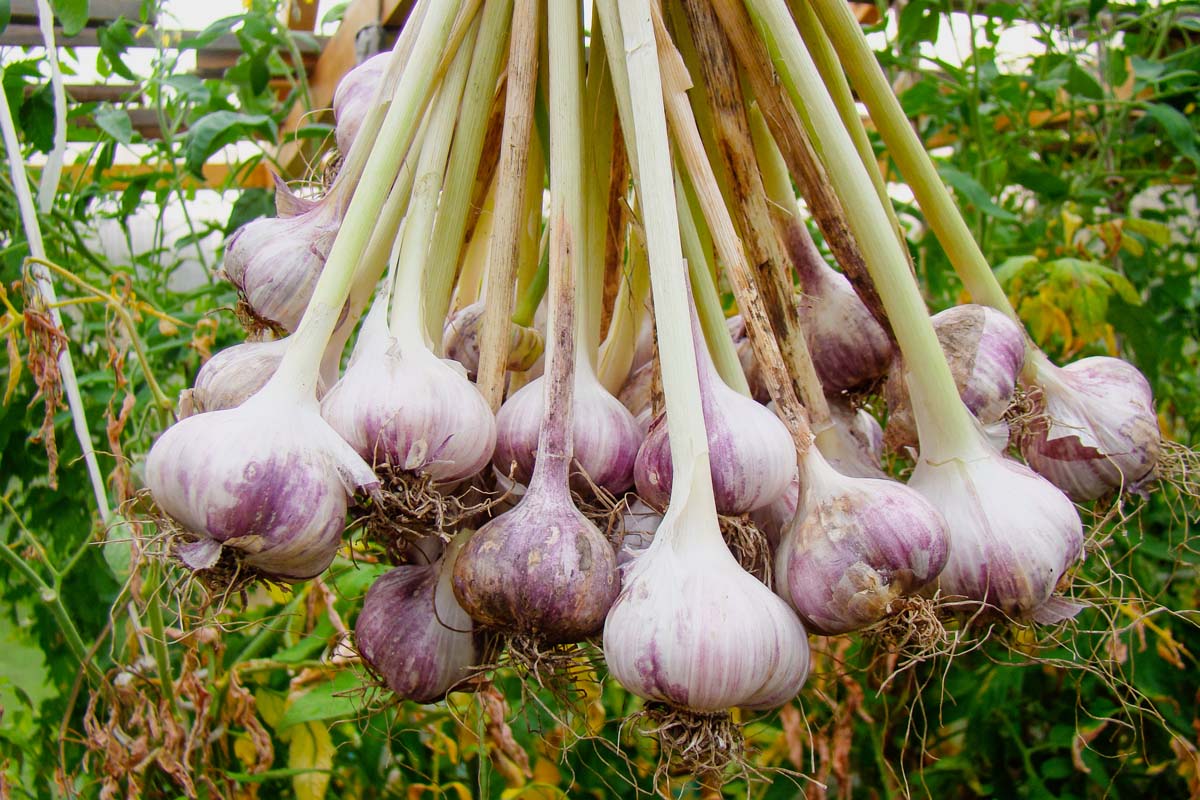

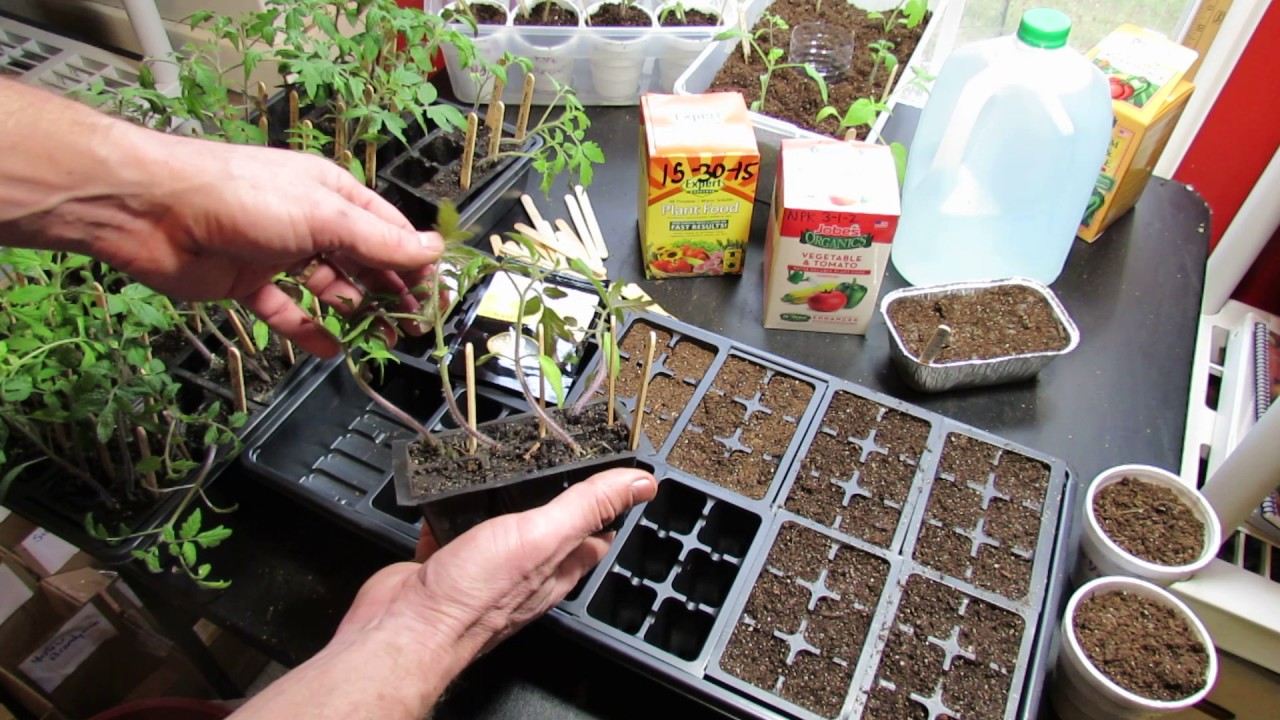

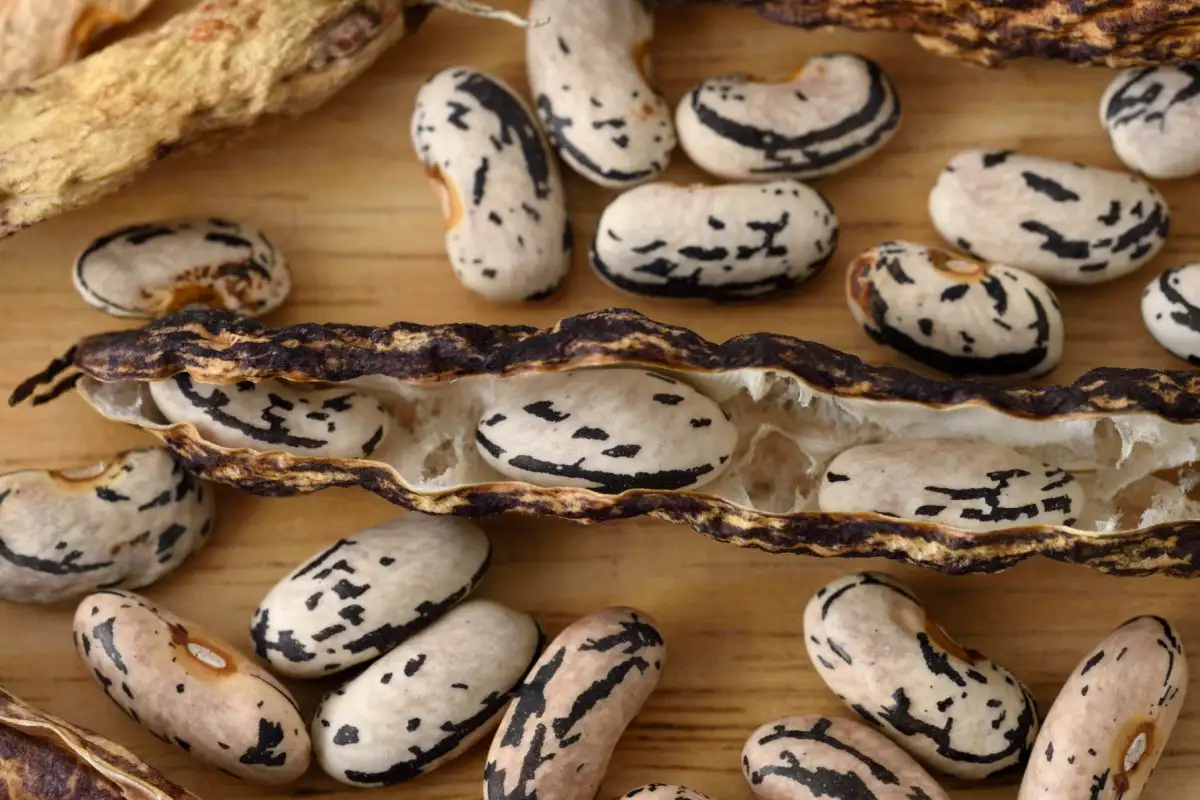

0 thoughts on “How To Clean Outdoor Plants Before Bringing Indoors”